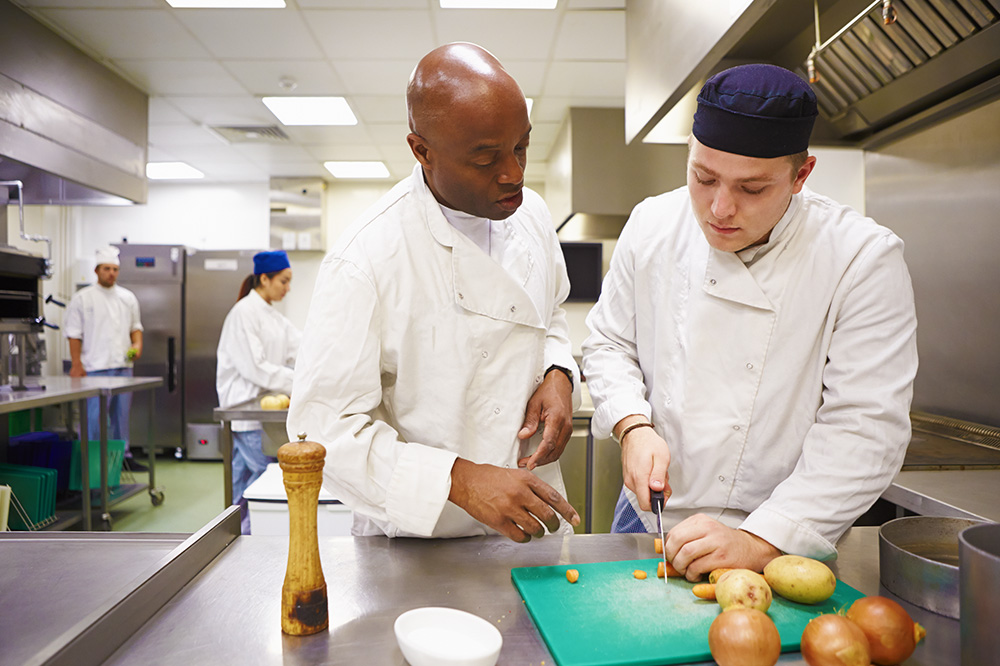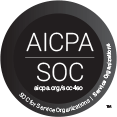Finding cooks for your restaurant can be tough. Finding a head chef to lead your restaurant can be even tougher. Having a competent, experienced head chef in charge of your back of the house staff is a major key to success in the restaurant industry. Ideally, head chefs train and supervise line cooks so that
Customer Service: It’s a Team Effort
A few weeks ago, I went to a restaurant with a group of friends. It was a busy Saturday night, and there were lots of servers — all dressed in the same black uniform — running around. After a while, we were ready to order drinks and, to save time, just asked the first server whose
Building Your Business with the Better Business Bureau
FYI. ASAP. LOL. We live in a world full of acronyms, but there’s one in particular that small business owners should become better acquainted with: BBB, the Better Business Bureau. Most of us are familiar with the BBB as a nonprofit dedicated to building marketplace trust by handling consumer complaints and notifying the public of
Restaurant Leadership – What Style Do You Use When Managing Restaurant Employees?
Who ever thought that opening a restaurant was really about managing people? As restaurant owners we need to learn to manage all type of people: customers, employees, suppliers, corporate partners, equity partners, accountants; the list does go on. So how does managing restaurant employees play into being a good restaurant operator? It starts with leadership.






